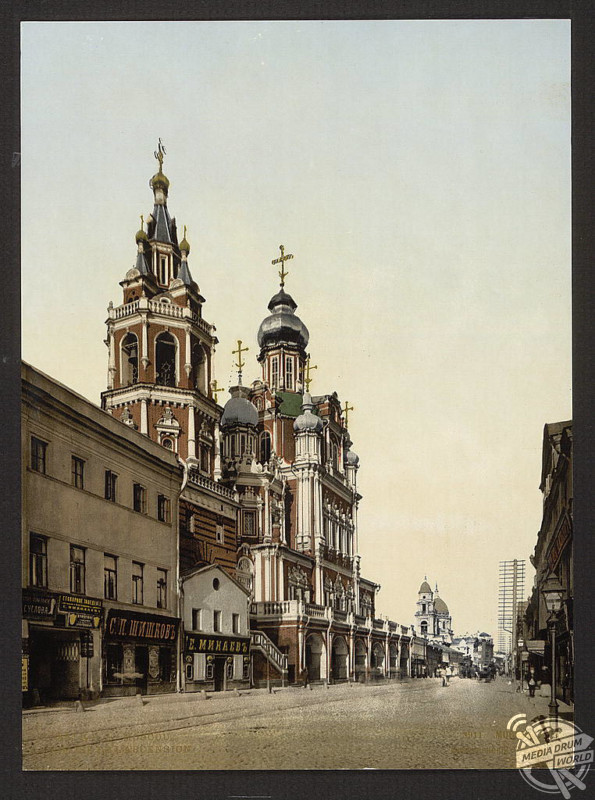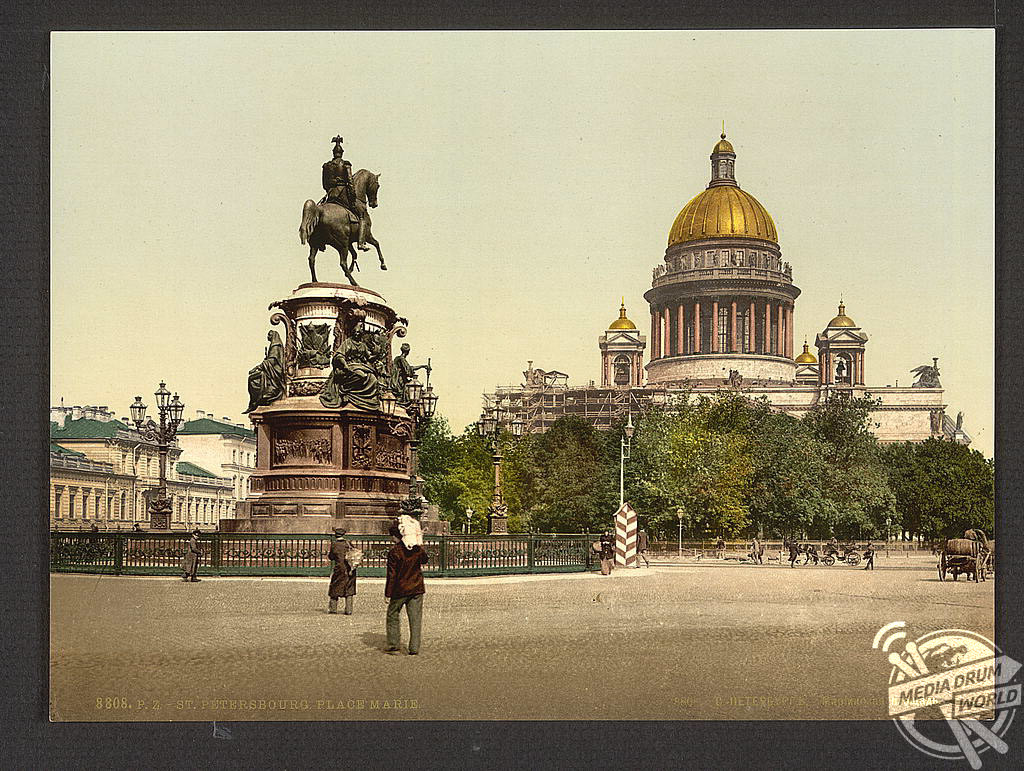By Liana Jacob
ARTISTIC vintage colour photographs exhibit the cultural atmosphere of Tsarist Russia as our Victorian forebears would have seen it.
The incredible images show the pristine and polished look of the War Offices in St Petersburg and the deserted Askold’s Tomb in Kiev before it was turned into a popular park by the Soviets in the mid-1930s.
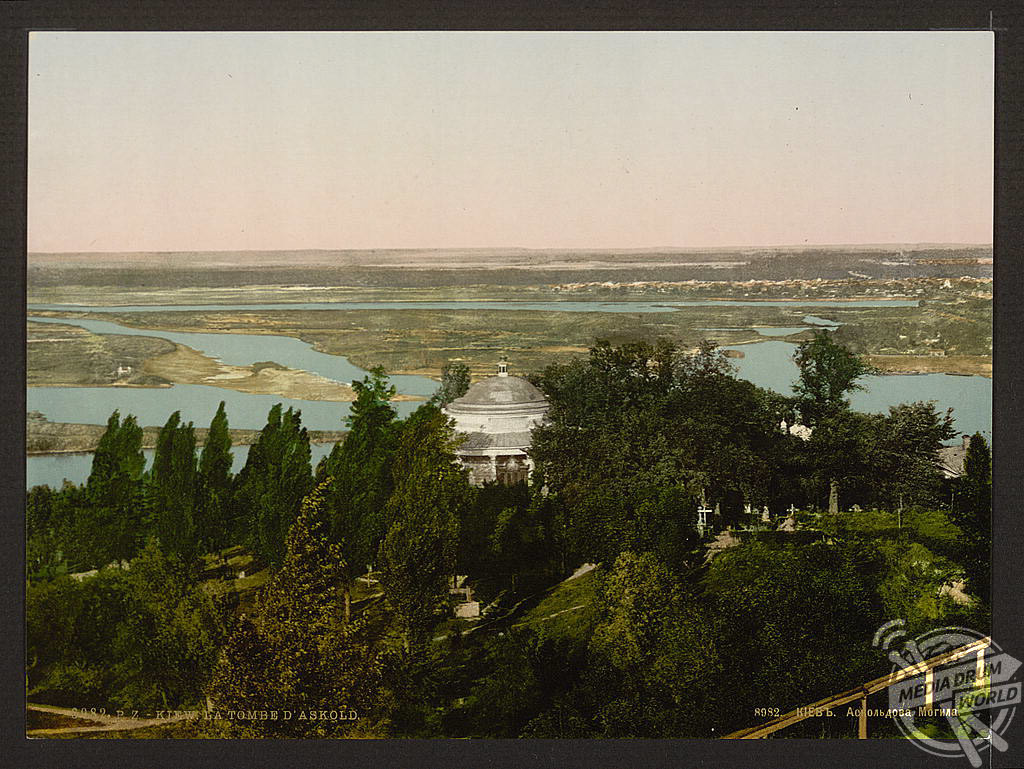
Other remarkable pictures bring back the Krassnow Place in Moscow, the serene waters of La Lavra, Kiev, and the refreshing fountains at Peterhof Palace, St Petersburg to the 21st century in colour.
Further captivating photos reveal the culture of tribal women from Caucasus wearing their traditional attire.
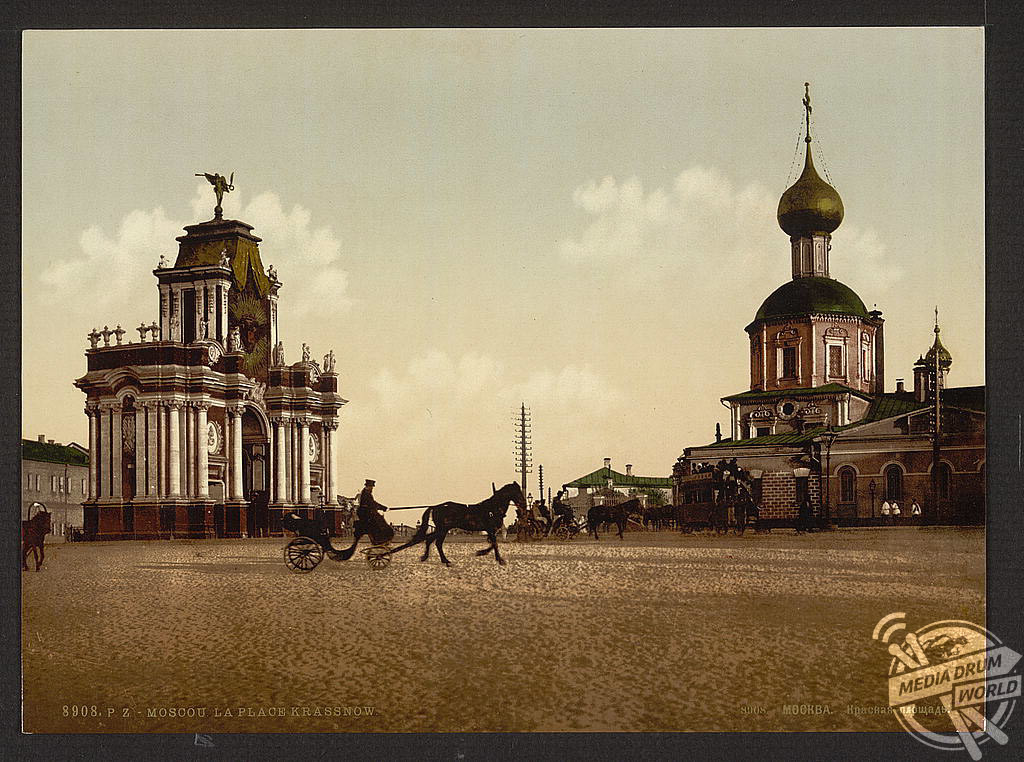
The Peterof Palace, also known as ‘Russian Versailles’, was laid out on the orders of Peter the Great, ruler of the Tsardom of Russia and later the Russian Empire from May 1682 until his death in 1725.
The palace and the city center is commonly known as a UNESCO World Heritage Site.
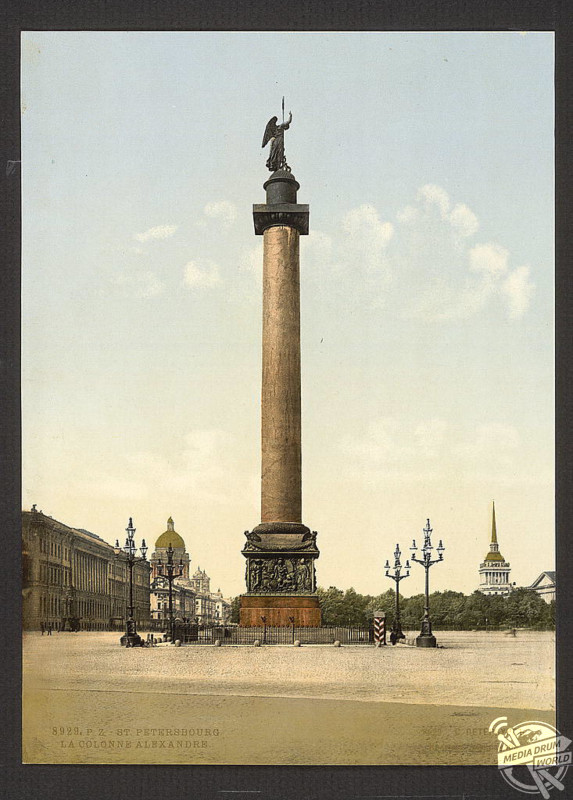
Tartar are Turkic-speaking people living in Asia and Europe. The largest group of Tartars are the Volga Tartars, native to the Volga region of Russia.
In the Middle Ages, Askold’s Grave was known as the Uhorske. According to the Primary Chronicle, it was the place where the Magyars, a native and ethnic group whose members speak Hungarian, crossed the Dnieper on the way from the Russian steppes to Pannonia.
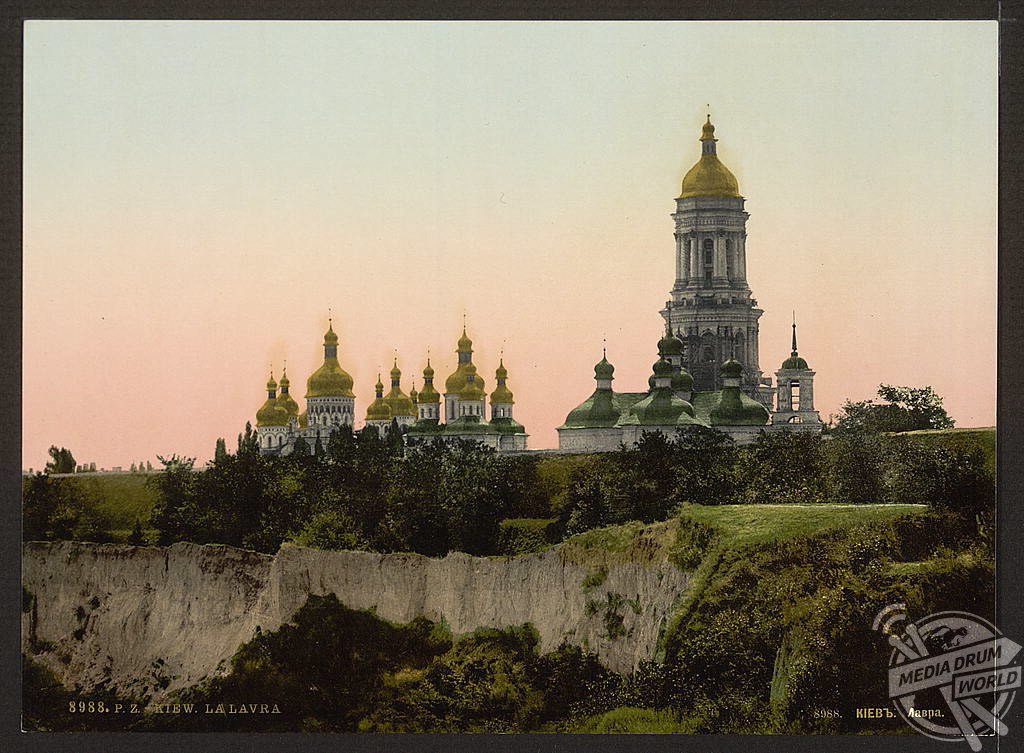
Back in the 15th and 16th centuries, Askold’s Grave was settled by the Orthodox monks of St. Nicholas’ Monastery.
During World War Two in August 1942, the Battle of Stalingrad began, when Nazi Germany and its allies fought the Soviet Union for control of the city of Stalingrad (now Volgograd) in Southern Russia.
